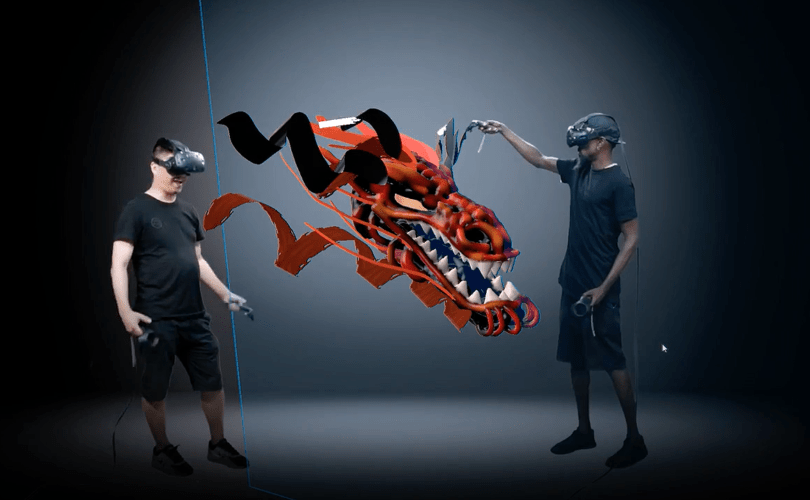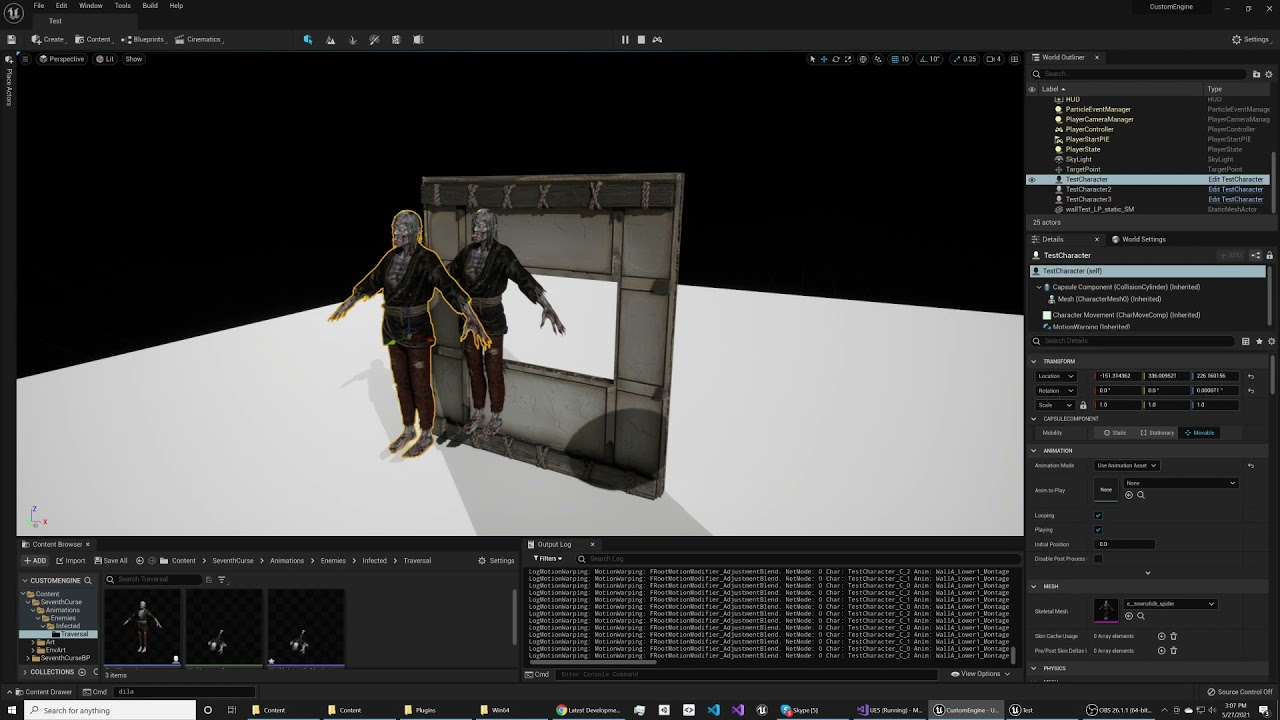Augmented and virtual reality technologies are radically shifting how people experience art—no longer purely observers, audiences are becoming participants. For example, “Painterly Reality” is a project where viewers physically move to interact with a painting transformed into a 3D sensory environment. The artwork senses the viewer’s body movements and maps them into a virtual painterly world, enabling bodily engagement and interaction rather than passive watching. Similarly, public sculptures are paired with head-mounted AR systems (like HoloLens) in “sonic sculptures,” which overlay sound and visuals tied to the sculpture in real space. These works aren’t behind glass—they respond to you.
These immersive art forms reflect growing trends in art creation and curation, emphasized by institutions and artists focused on E-E-A-T (Experience, Expertise, Authoritativeness, Trustworthiness). Projects such as AR in museum exhibitions, projection mapping installations in public spaces, and interactive installations that blur the line between physical space and digital overlay are gaining visibility. Experts argue such works deepen engagement, making art accessible to people unable to visit physical galleries, and offering richer storytelling via layered sensory and digital content.
For artists and curators looking to adopt or commission AR/VR art, several best practices emerge: ensure high technical quality (good tracking, stable visuals, responsive interaction), craft narrative or conceptual depth (why is the piece AR/VR rather than traditional media?), and provide rich documentation and meta-information (artist statements, provenance, clear credits) to build trust and authority. Projects like “Painterly Reality” and “GestoBrush” (which lets graffiti artists create with AR brush-like tools) show how embracing the body and context leads to meaningful experiences. Ensuring thoughtful design, user comfort (avoiding motion sickness, etc.), and transparency about how data / interaction works will help AR/VR art gain wider acceptance and lasting impact.





